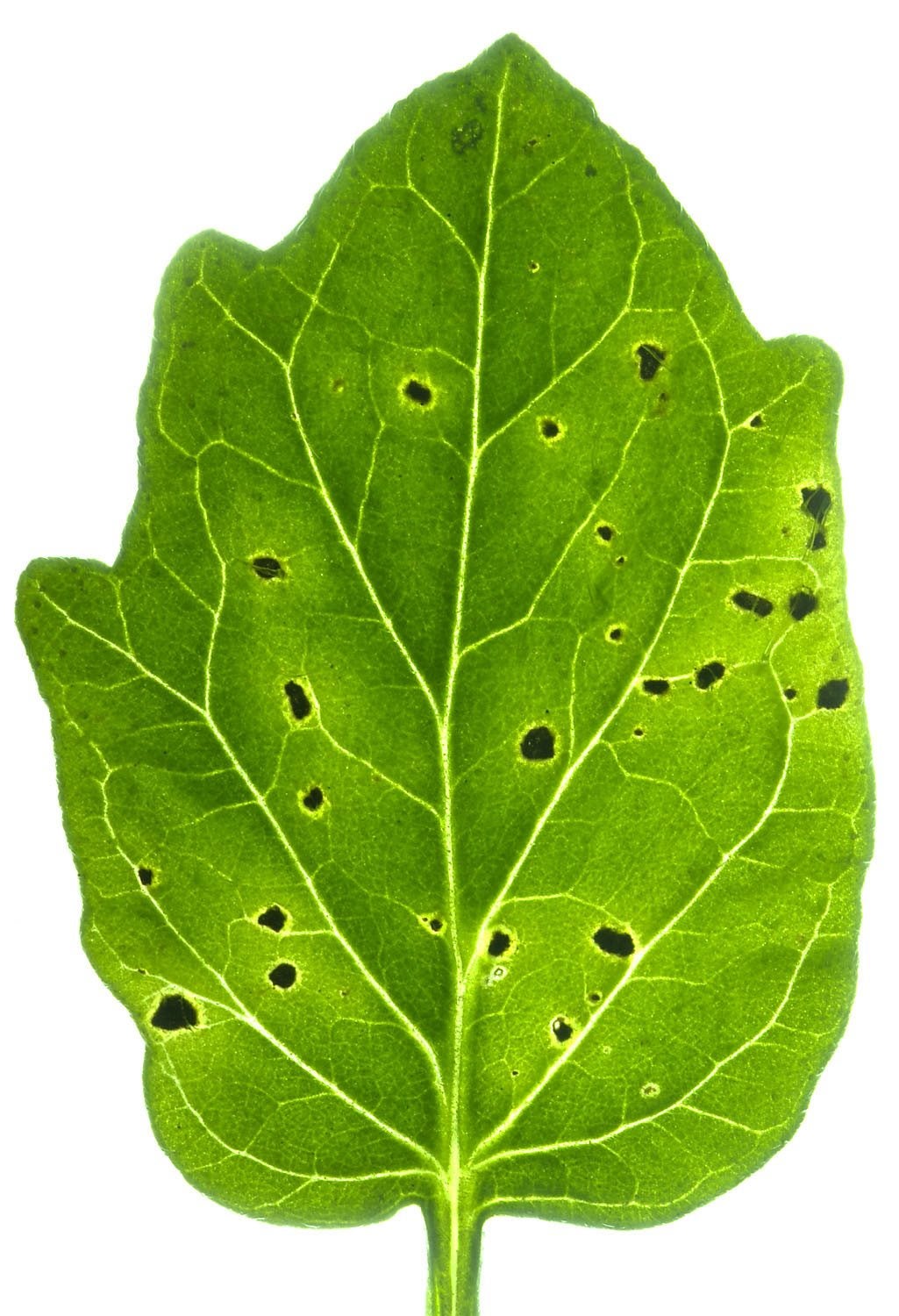Bacterial Speck Identification and Tips For Control For Bacterial Speck On Tomato Plants


Amy Draiss
Tomato bacterial speck is a less common but certainly possible tomato disease that can happen in the home garden. Garden owners who are affected by this disease often wonder how to stop bacterial speck. Keep reading to learn more about the symptoms of bacterial speck on tomatoes and how to control bacterial speck.
Symptoms of Bacterial Speck on Tomatoes
Tomato bacterial speck is one of three tomato diseases that have similar symptoms. The other two are bacterial spot and bacterial canker. Bacterial speck on tomatoes is caused by the bacteria Pseudomonas syringae pv. The symptoms of bacterial speck (as well as spot and canker) are small spots that appear on the leaves of the tomato plant. These spots will be brown in the center surrounded by a yellow ring. The spots are small, but in severe cases, the spots may overlap, which will make the them look larger and irregular. In very severe cases, the spots will spread to the fruit. There are a few ways to tell the difference between bacterial speck and bacterial spot or bacterial canker.
- First, bacterial speck on tomatoes is the least damaging of the three. Often, bacterial speck, while unsightly, is not fatal to the plant (spot and canker can be fatal).
- Second, bacterial speck will affect only the leaves and fruit on the tomato plant (canker will affect the stems).
- And third, bacterial speck will only affect tomato plants (bacterial spot affects peppers as well).
Control for Bacterial Speck
Unfortunately, there is no bacterial speck treatment once the disease sets in. For the home gardener, if you can deal with the ugly spots, you can simply leave the plants in the garden as fruit from affected plants are perfectly safe to eat. If you're growing tomatoes for sale, you'll need to discard the plants and plant new plants in another location as the damage to the fruit will hurt your ability to sell them. Control for bacterial speck starts before you even grow the seeds. This disease hides within tomato seeds and is often how it is spread. Either buy seeds from a reliable source or treat your tomato seeds with one of the following methods for how to stop bacterial speck at the seed level:
- Soak seeds in a 20 percent bleach solution for 30 minutes (this may reduce germination)
- Soak seeds in water that is 125 F. (52 C.) for 20 minutes
- When harvesting seeds, allow the seeds to ferment in the tomato pulp for one week
Control for bacterial speck also involves using basic common sense in your garden. At the end of the season, discard or destroy any affected plants. Do not compost them. Rotate your tomato plants yearly to prevent re-infection next year. Do not share seeds from affected plants, as even with seed treatment for bacterial speck, there is a chance that it will survive. Also, make sure to use proper spacing when planting and water plants from below, as bacterial speck on tomatoes spreads quickly from plant to plant in crowded, cool, wet conditions.
Sign up for the Gardening Know How newsletter today and receive a free copy of our e-book "How to Grow Delicious Tomatoes".

Heather Rhoades founded Gardening Know How in 2007. She holds degrees from Cleveland State University and Northern Kentucky University. She is an avid gardener with a passion for community, and is a recipient of the Master Gardeners of Ohio Lifetime Achievement Award.
- Amy DraissDigital Community Manager